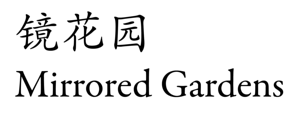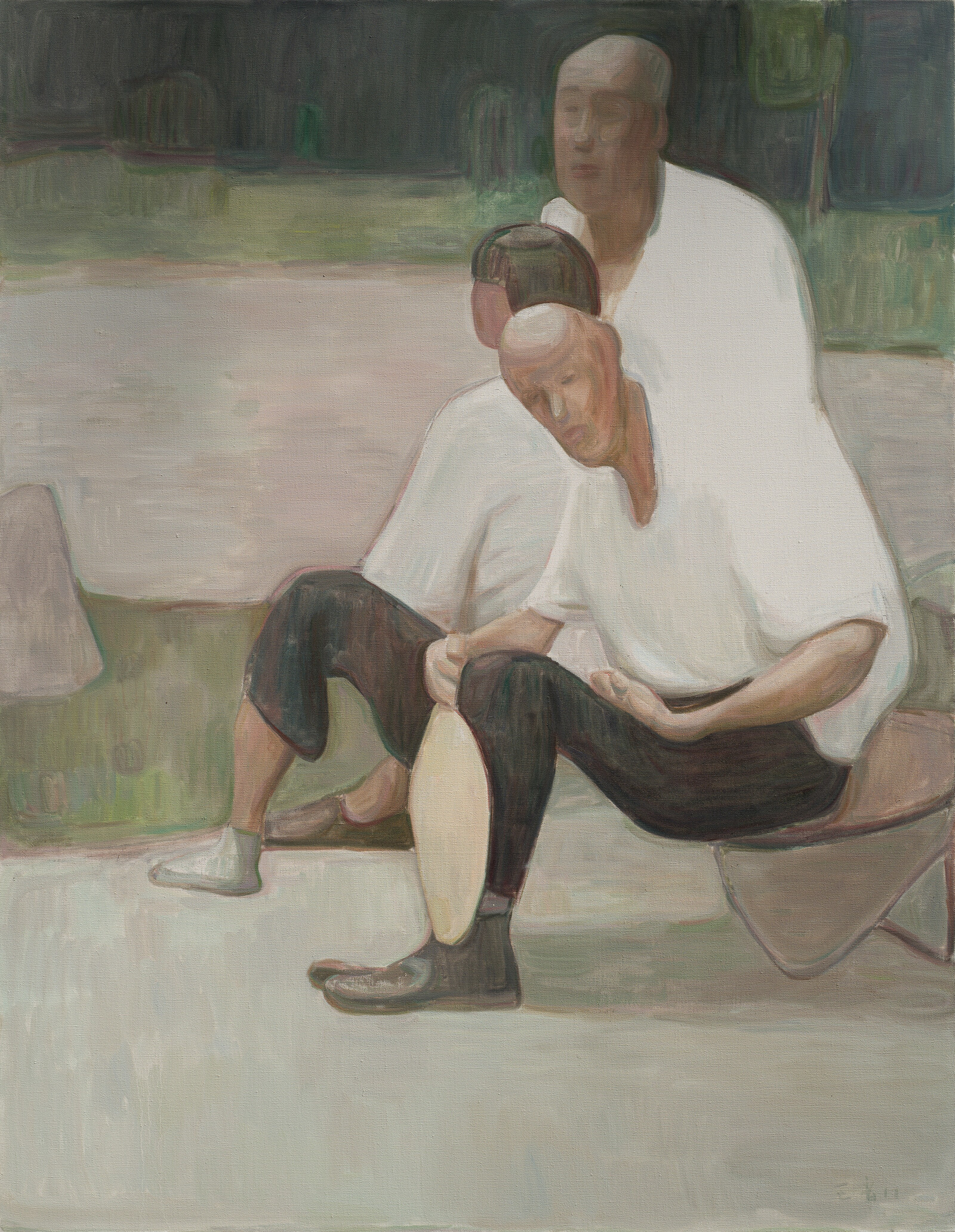Friendship
January 14–April 15, 2018
Hualong Agriculture Grand View Garden
Panyu District
Guangzhou
China
Hours: Wednesday–Sunday 11am–5pm
mail@mirroredgardens.art
• Allow me to leave behind the avenue, turn into the dim back alley, softly push open the half-shut and slightly battered door, enter the now long-abandoned home and walk into the dark room. Sweeping aside those broken months and years, those dust-coated ambitions and unfinished blueprints, I may not find the secret I imagine, but I will witness another person’s life—even if he is already long gone.
• It is as though there is a kind of waiting in Wang Yin’s paintings: waiting for the arrival of this ordinary moment—a moment that is not necessarily recognized by the people who live it; waiting for the arrival of a moment that simultaneously affects painting, painter and viewer all at once. Accordingly, we can enter time, and although the place is unclear, the objective unspecified, it by no means hinders the possibility of viscerally connecting with another moment: the moment we once shared together.
• Wang Yin’s paintings escape “painting” by manifesting an even more sensible “appearance.”[1] Bathed in an even, unadorned light, their figures and places exist in a loose, unfocused, somewhat “rough” state (formed by brushwork that outwardly resembles drybrush technique but retains an inherent warmth)—their existence invites us to speak; they guide, but without pointing in any direction; perceive, yet without assuming the self-evidence of truth; depict, or inscribe, while merging with the subject.
• At a certain moment, when I turn back to a certain scene in Wang Yin’s painting: the ambiguous silhouettes and poses, the indistinct places, the undefined actions and precisely this lucid but indeterminate atmosphere trigger my attachment to and permeation through other moments, as though it were this dim, diffuse light alone that releases us from the over-articulated objects of the surrounding epochs to approach the other tones of color found in the bottommost layers of time.
• This is the light of dawn, the light of noon, the light at dusk when day changes to night and work nears an end, fatigue nears relief. This is when even the gesture of eternal parting is suspended in mid-air. When the organization of society collapses, and history’s promises remain unrealized, people stand facing the light in silence, and another day begins without expectations.
Note: [1] The word used here in the Chinese, 象, has multiple connotations including “form,” “image,” “semblance,” and “sign.” It is a key concept in the classic treatises on divination, namely, the Yi Jing (Book of Changes); at the same time, it is also used in Chinese philosophy and poetry to reflect the relationship between linguistic expression and natural entities.
-Excerpts from Hu Fang, Dusk
(Translated from Chinese by Andrew Maerkle)
About Mirrored Gardens
Inspired by the natural and traditional characteristics of the surrounding villages, the project space of Mirrored Gardens seeks to merge with its environment to construct a “nature,” where contemporary art practices, daily life and farming-oriented life practices can be nurtured and cultivated in tandem. The architecture of Mirrored Gardens is designed by Sou Fujimoto Architects.



